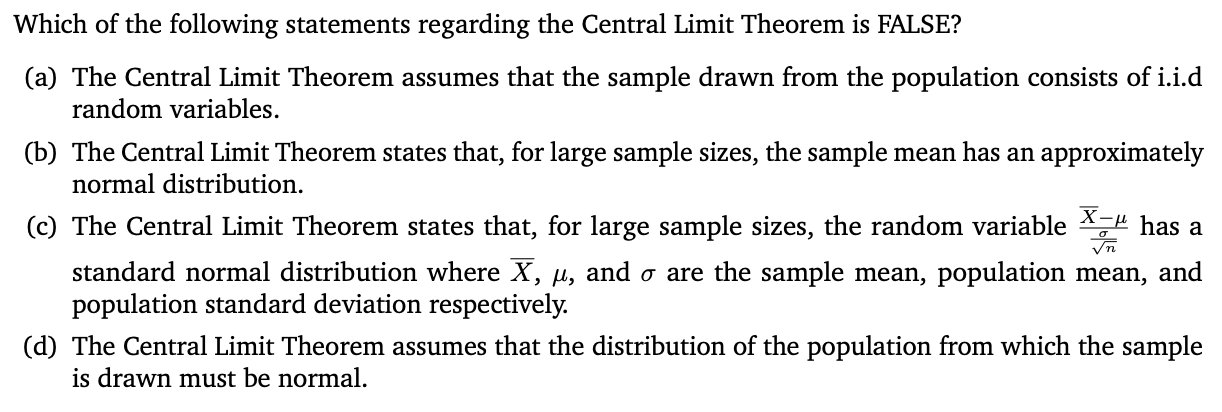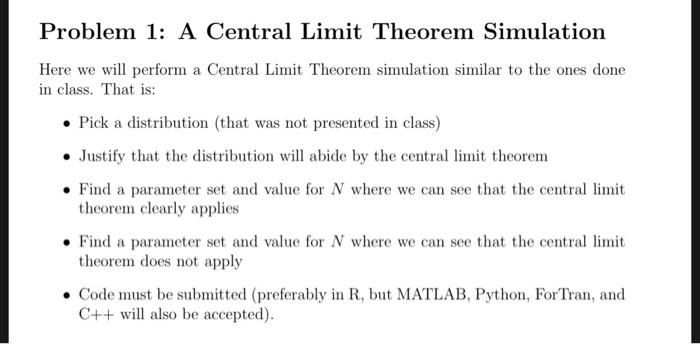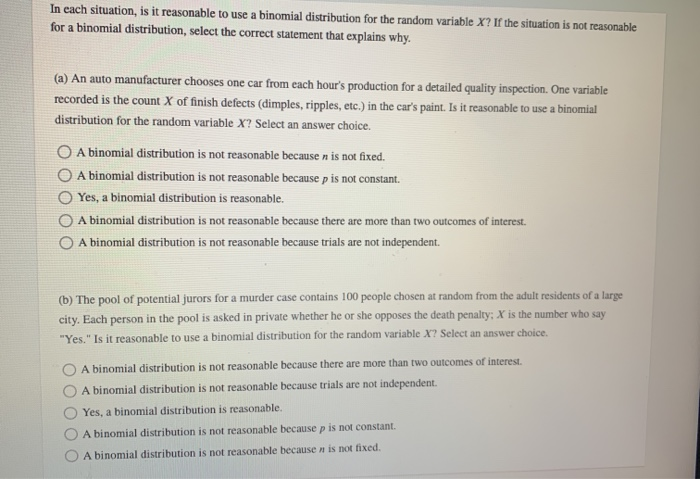Question:
Andrea Anti-Ponzi is a client who wishes to use a hash table that you design. You, the computer scientist, have decided to use a hash table with m slots that resolves collisions using chaining. You make the assumption of simple uniform hashing. Andrea, being mostly familiar with ponzi schemes, strongly dislikes chains of length two or greater. Therefore, you need to compute the expected number of hash slots that have chains of length two or greater. For parts (a)-(e) below, suppose that we have inserted n distinct keys into the hash table, and let j ? {0, 1, . . . , m ? 1} be arbitrary.?
?
(a) What is the probability that none of the keys hash to slot j??
?
(b) What is the probability that exactly one key hashes to slot j??
?
(c) What is the probability that at least two keys hash to slot j??
?
(d) What is the expected number of hash slots which store two or more elements (i.e., hash slots whose chains are of length two or more)??
Which of the following statements regarding the Central Limit Theorem is FALSE? (a) The Central Limit Theorem assumes that the sample drawn from the population consists of i.i.d random variables. (b) The Central Limit Theorem states that, for large sample sizes, the sample mean has an approximately normal distribution. (c) The Central Limit Theorem states that, for large sample sizes, the random variable YLE has a H standard normal distribution where T, ,u,, and or are the sample mean, population mean, and population standard deviation respectively. ((1) The Central Limit Theorem assumes that the distribution of the population from which the sample is drawn must be normal. Problem 1: A Central Limit Theorem Simulation Here we will perform a Central Limit Theorem simulation similar to the ones done in class. That is: . Pick a distribution (that was not presented in class) . Justify that the distribution will abide by the central limit theorem . Find a parameter set and value for / where we can see that the central limit theorem clearly applies . Find a parameter set and value for / where we can see that the central limit theorem does not apply . Code must be submitted (preferably in R, but MATLAB, Python, ForTran, and C++ will also be accepted).2. Let X1, X2, ..., Xn be n identically independent distributed Bernoulli random variables with parameter pi = p, i = 1, 2, ..., n. We learned in class that Y = X1 + X2+...+X, has Binomial distribution. 2a. Identify the parameters of this Binomial distribution. 2b. Find the expectation of the Binomial distribution. 2c. Find the variance of this Binomial distribution.In each situation, is it reasonable to use a binomial distribution for the random variable X? If the situation is not reasonable for a binomial distribution, select the correct statement that explains why. (a) An auto manufacturer chooses one car from each hour's production for a detailed quality inspection. One variable recorded is the count X of finish defects (dimples, ripples, etc.) in the car's paint. Is it reasonable to use a binomial distribution for the random variable X? Select an answer choice. O A binomial distribution is not reasonable because n is not fixed. O A binomial distribution is not reasonable because p is not constant. Yes, a binomial distribution is reasonable. O A binomial distribution is not reasonable because there are more than two outcomes of interest. O A binomial distribution is not reasonable because trials are not independent. (b) The pool of potential jurors for a murder case contains 100 people chosen at random from the adult residents of a large city. Each person in the pool is asked in private whether he or she opposes the death penalty; X is the number who say "Yes. " Is it reasonable to use a binomial distribution for the random variable X? Select an answer choice. O A binomial distribution is not reasonable because there are more than two outcomes of interest. O A binomial distribution is not reasonable because trials are not independent. O Yes, a binomial distribution is reasonable. O A binomial distribution is not reasonable because p is not constant. O A binomial distribution is not reasonable because a is not fixed










